News
News / 11/23/2020 / 1106
Twenty wine regions and twenty authentic wine universes with a strong identity. Italy from the north to the south features distinct diversity and richness of gastronomic and wine heritage, which is rarely found elsewhere.
.jpg)
Nestled between the Alps and the Adriatic sea, the region of Friuli-Venezia-Giulia is best-known for its excellent white wines made from Friulano grapes. Thanks to its extremely favorable climate for production of fresh, crispy wines, other white varieties are also planted here: Pinot Grigio, Malvasia, Chardonna... but one should not neglect Refosco, Pignolo and Schioppettino which are used for production of distinct red wines.
Veneto is one of the main engines of development of Italian winemaking, with a share of as much as 19% in total production. The most prominent traditional Veneto wines are the triumvirate of Verona: Soave, Valpolicella and Bardolino. The sparkling, unpretentious Prosecco, which has experienced an explosion of sales all over the planet in recent years, is Veneto's main export trump card.
The mountainous terrains of Trentino-Alto Adige region have pushed local winemakers to prioritize quality over quantity in every respect: as much as 85% of the region’s wines are made in DOC appelations. Light and soft red wine made from Schiava grapevine is the biggest asset of the region, while in Trentino, exceptional Chardonnay sparkling wines (classical method) are also made.
The most populous and economically most powerful region of Italy, Lombardy, takes pride in some of the best sparkling wines in Europe, which originate in the area of Franciacorta. Nowadays, the ancient variety Erbamat adds an unsurpassed breath of freshness to these wines. In the area of Oltrepo Pavese, excellent wines are made from Pinot Noir, whilst ethereal, subtle wines are made from Nebbiolo in the north of Lombardy, in a distinct local style.
Piedmont is best known in the world for its delicious Muscat sparkling wine known as Moscato d'Asti, with production of more than 80 million bottles a year. The region famous for its superior quality wines successfully nurtures and develops the production of wines from legendary appellations of Barolo and Barbaresco, both made from Nebbiolo variety. They are ranked among the best wines of the Apennines.
The small region of Valle d'Aosta produces less than one percent of Italian wines predominantly made of Nebbiolo, Syrah and Pinot Noir. However, the most interesting wines of the region are made from lesser-known varieties such as Petit Rouge and Prié Blanc.
Liguria, a narrow strip of land by the sea, is a very demanding terrain for winemaking. However, good wines are made here, especially in the area of Cinque Terre, a group of fishing villages above which vines from varieties such as Bosco, Albarola and Vermentino have been grown on steep terraces since ancient times.
Wines from the region of Emilia-Romagna are becoming more and more interesting to wine connoisseurs thanks to constant growth of quality. In Emilia, wines made from Lambrusco variety predominate, which are most often sold across the globe in an offdry version, whilst the locals in Emilia still prefer dry wines made from this variety. In Romagna, wines are mostly made from Sangiovese, a famous variety that has its roots in this area, as well as from white varieties of Trebbiano and Albana.
The famous Tuscany is one of the most famous wine regions in the world. In one place, the indescribable beauties of nature, renaissance cities led by mighty Florence, pleasant climate and, above all, great dedication and ambitions of Tuscan winemakers merged together. The elegant Tuscan red wines made in the DOCG appelations of Chianti, Brunello di Montalcino, Vino Nobile di Montepulciano, Carmignano and Morellino di Scansano are among the best wines of the Old World, and what Tuscany offers to visitors can be considered the ultimate treat in global wine tourism offer.
The picturesque Adriatic region of Marche is best known for its white wines, especially those from the local Verdicchio grape variety, named after the characteristic greenish reflection in the glass. Nowadays, this variety is used to make distinct, expressive white wines, getting better from one harvest to another.
If medieval popes wanted to drink white wine, they would be served wines from Umbria, and the poet Gabriele d'Annunzio called these wines "the sunshine in a bottle". Orvieto wine, which is typically made from Grechetto and Trebbiano varieties, is made nowadays with low residual sugar, unlike the wine's style in the Renaissance period. Grechetto variety still adds a distinct fruity character to the wine. One of the local specialties is the sweet wine Vino Santo made from dried berries of Grechetto and Malvasia.
The vast region of Lazio is responsible for about 3% of Italian wine production, and the most famous wine region has probably the most unusual wine name in the world: Est! Est!! Est!!! di Montefiascone. The name originated in the Middle Ages, according to a legend in which a high-ranked church official travelling through the region showed great enthusiasm when he tasted local wines. Good wines are still made here today, especially white wines from the varieties Trebbiano Toscano, Malvasia and Trebbiano Giallo.
The region of Abruzzo most often evokes associations with wines from Montepulciano variety: almost one hundred million bottles a year are sold under the famous name Montepulciano d'Abruzzo. Excellent white wines from Trebbiano variety are also made in this region, whilst Peccorino variety, the current hype in restaurants and wine bars throughout Italy, is undergoing a true renaissance.
The small region of Molise, once part of Abruzzo region, on the sunny slopes between the Apennine Mountains and the Adriatic sea, generates modest volumes but features high quality winemaking. White wines are made from Trebbiano and Pinot Grigio, whilst red wines, just like with the larger neighbors, are made from Montepulciano and Sangiovese.
Ancient Campania used to be a home to the most famous wine of the Roman Empire - the mythical Falernian wine. Campanian winemakers are very aware of the obligation imposed by historical heritage. They strive to make excellent wines from ancient varieties: Aglianico, "barolo of the south", is in the first place in Campania's viticulture, but there are also varieties such as Greco di Tufo, Falanghina, Fiano.
Puglia, with 16% of total wine production in Italy, is itself a wine giant that boasts both quantity and a long wine tradition: wines from this region were exported throughout the civilized world in Roman times, and Renaissance rulers were impressed by the vivid and lavish red wines. Nowadays, they are still made from varieties such as Bombino Nero, Primitivo, Aglianico, Sangiovese, Negroamaro.
The dry, mountainous and less harsh regions of Basilicata have historically proven to be an excellent terrain for vineyards: in this region, which produces less than 1% of Italian wines, some of the best wines of southern Italy are made, primarily from Aglianico variety.
Arid Calabria is characterized by large microclimatic differences between individual terroirs, which allows for a small but stylistically diverse wine production. The red variety Gaglioppo and the white variety Greco dominate, and the most famous appelation is Cirò DOC, where mostly full-bodied red wines with strong tannins and accentuated fruitiness are made.
Today, Sicily is one of the most dynamic wine regions in Italy and the world. Once known for its sweet, muscat wines and the legendary Marsala wine, Sicily nowadays produces dry red and white wines of a very modern style. Volcanic wines from Etna are extremely popular in the world today, especially those made from Nerello Mascalese grapes.
Sardinia, which participates in the total Italian wine production with 2%, produces majority of its wine northwest of Cagliari, where wines from varieties such as Canonau, Malvasia, Muscat and Nasco are made... On the northwest coast of Sardinia, top white wines are made from Vermentino variety. The reputed Muscat from this island can be either still or sparkling, but it is always sweet.
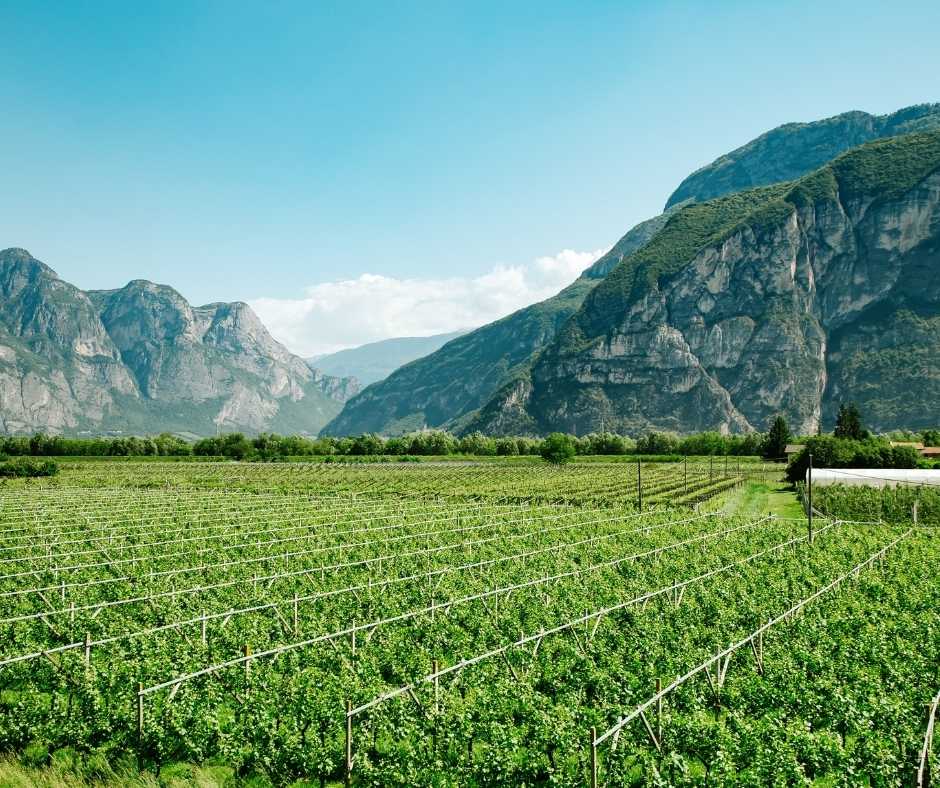
___________________________________________________
This article is a part of the promotional online campaign about Italian wines, within the 5th Week of Italian Cuisine in Serbia, organized by the Italian Foreign Trade Agency ICE / ITA, in cooperation with the Embassy of Italy.

Tomislav Ivanović
Awarded wine writer, wine critic and contributor to selected wine magazines. WSET3-certified author and editor-in-chief of www.vinopedia.rs. Member of Vojvodina Sommelier Association. Juror in national and international wine competitions. Lecturing about wines of Serbia and the Balkans. Local partner of Wine Mosaic organization. Co-founder of International Prokupac Day.

Pročitajte i druge članke iz ove rubrike:


SPASIMO STARE VINOGRADE SRBIJE
PROČITAJ VIŠE
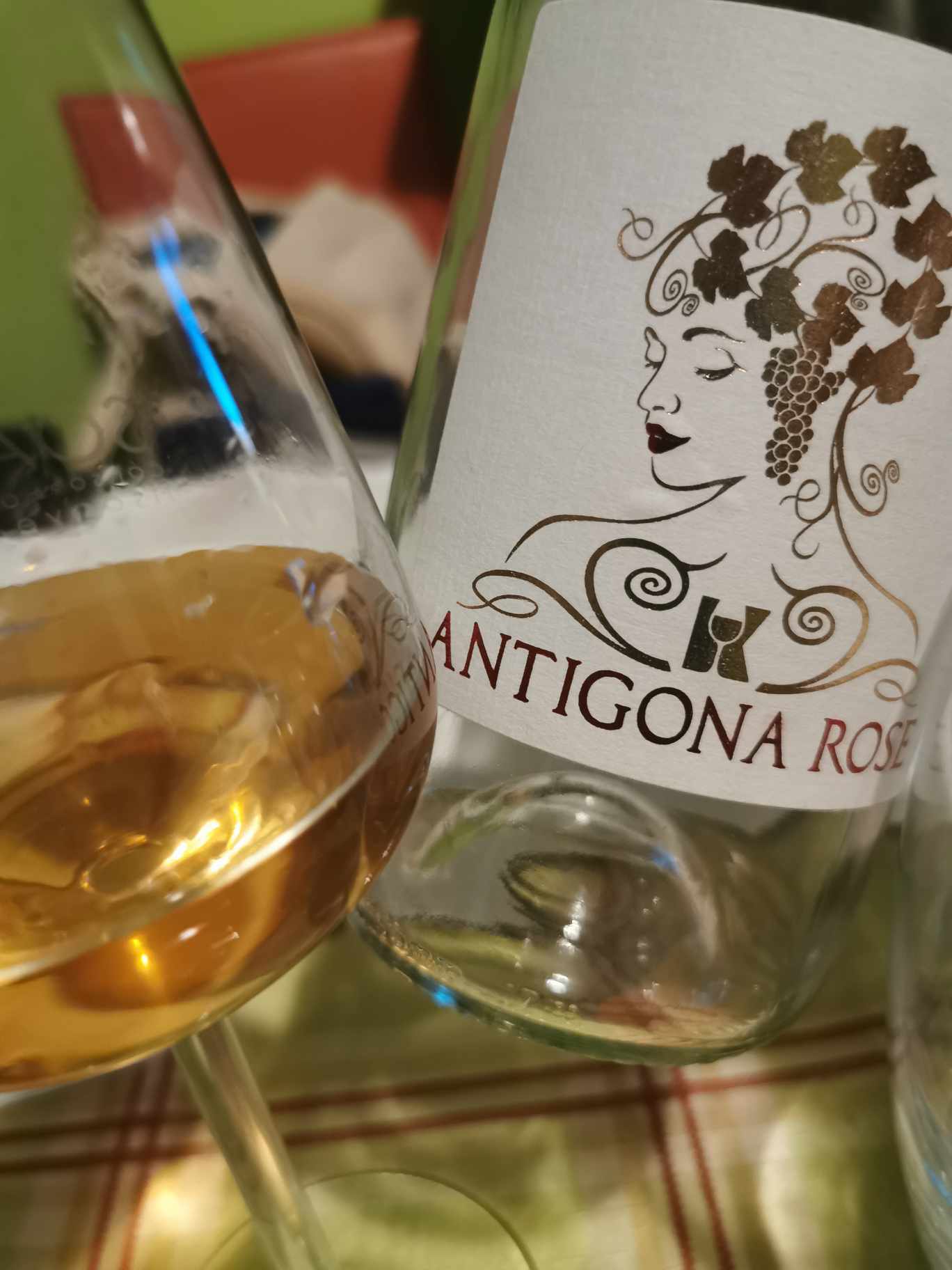

NAŠLI SMO ANTIGONU IZ ORAHOVCA
PROČITAJ VIŠE
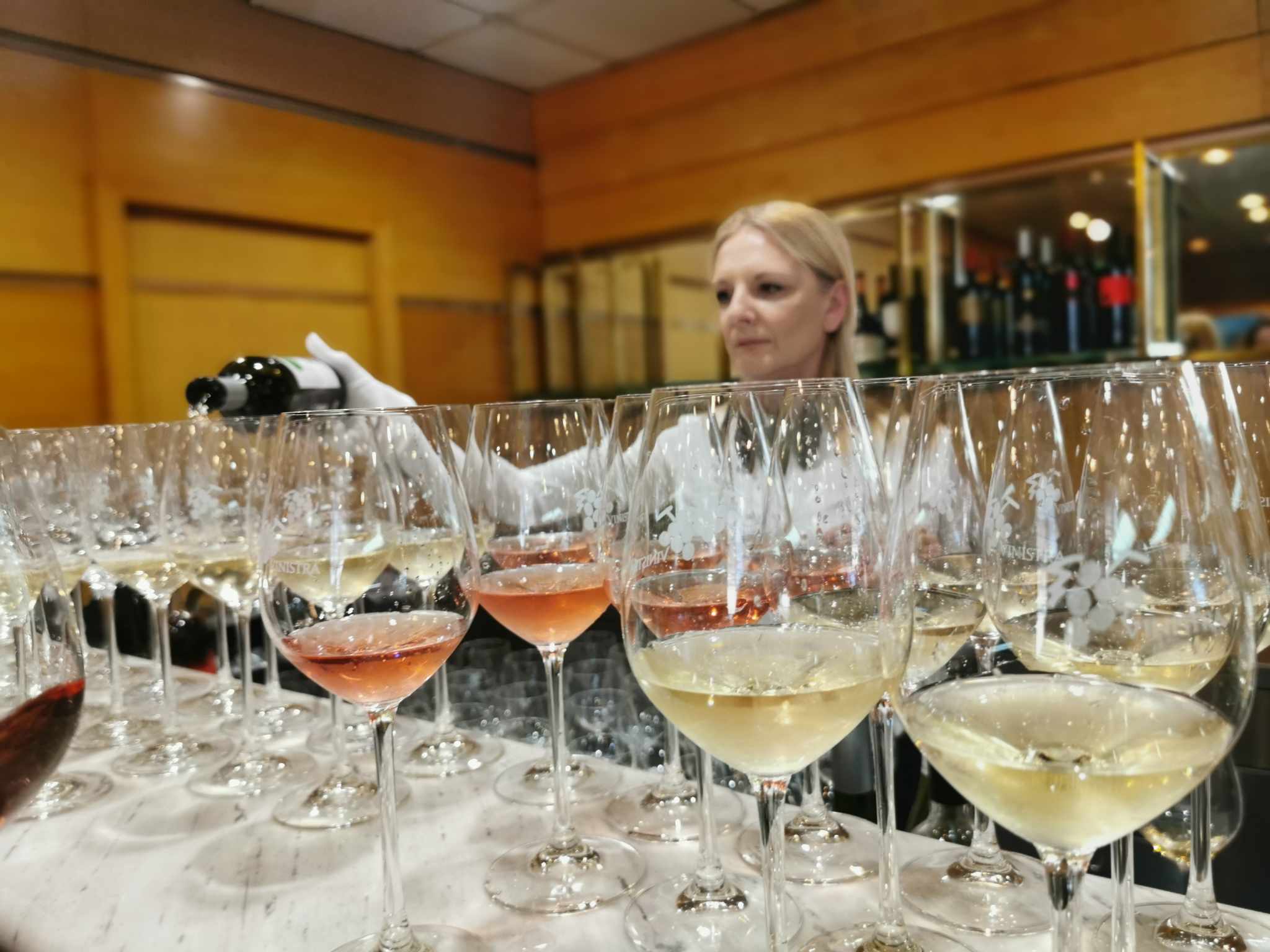

SRPSKO VINO KOŠTA 100 EUR - I ŠTA ĆEMO SAD?
PROČITAJ VIŠE
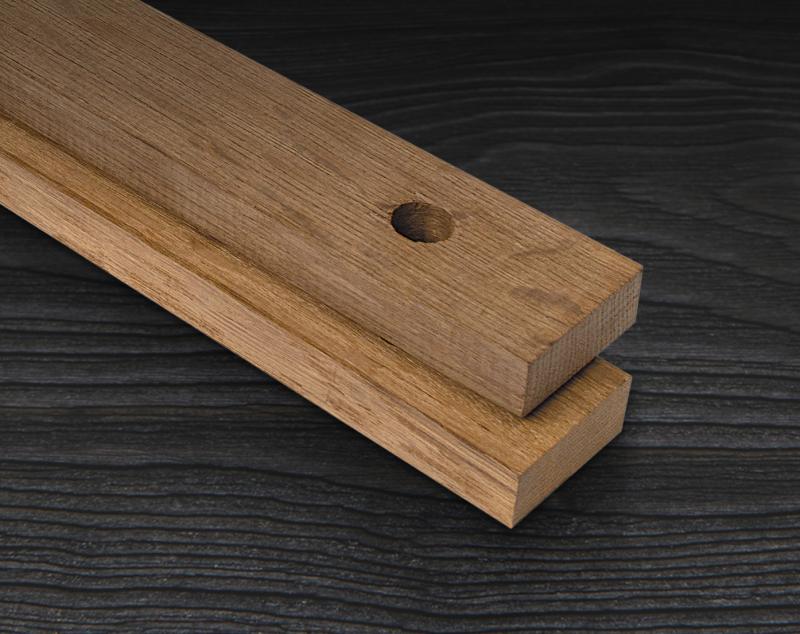

MOŽE LI VINO BEZ BURETA? IMA LI ALTERNATIVE?
PROČITAJ VIŠE
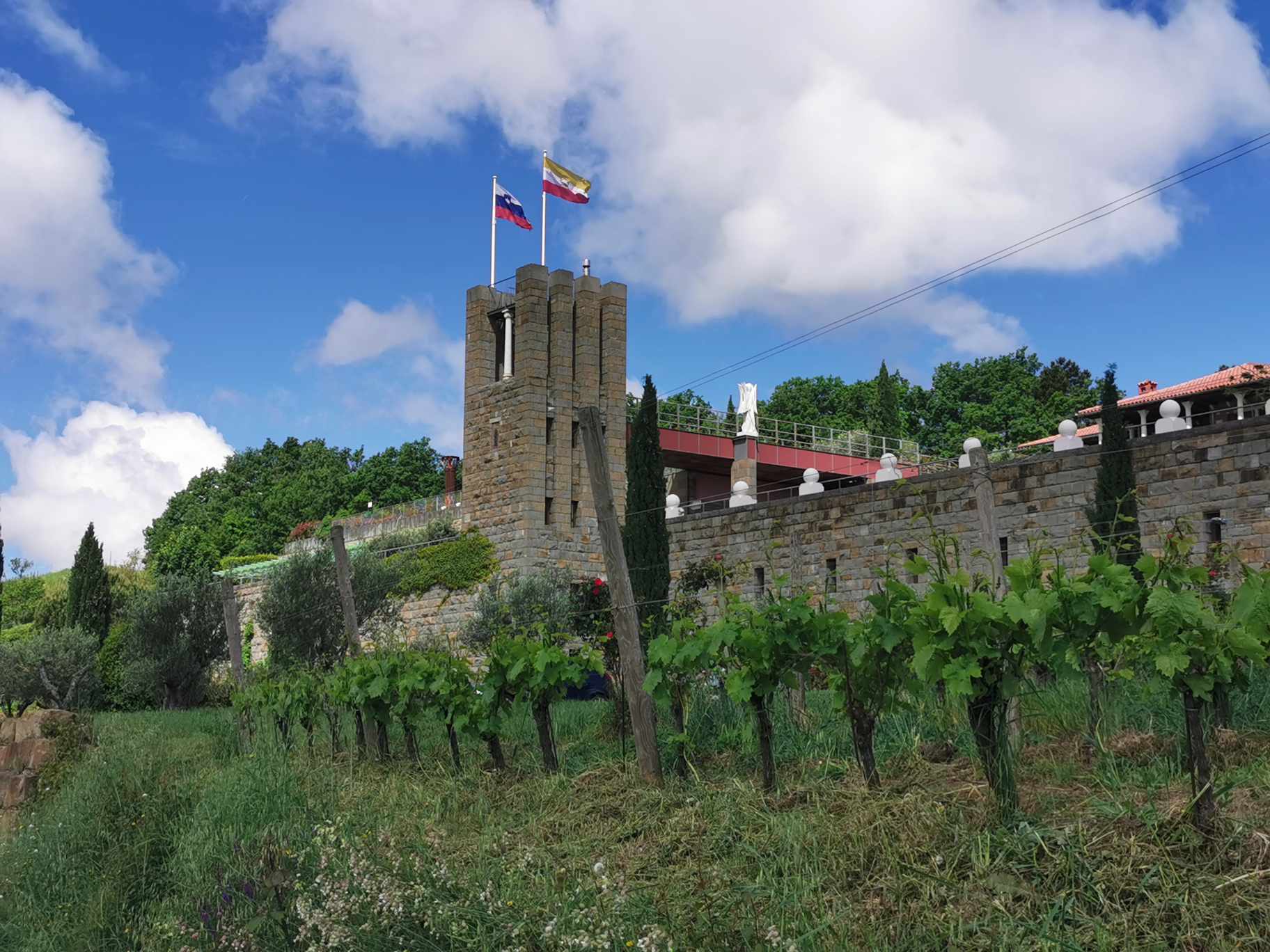

SANTOMAS - CRVENA VINA ISTRE
PROČITAJ VIŠE
Winner MILLESIMA BLOG AWARD 2016

Pobednik MILLESIMA BLOG AWARD 2016
VINO & FINO wine personality of the year 2016

VINO & FINO vinska ličnost godine 2016